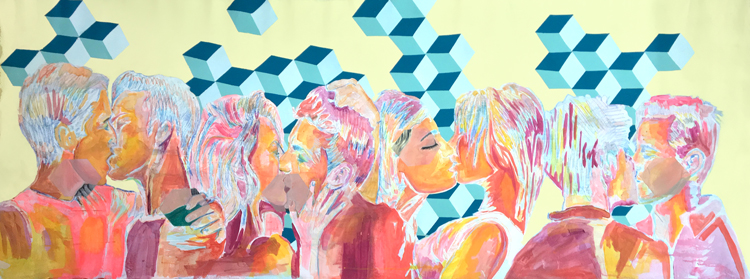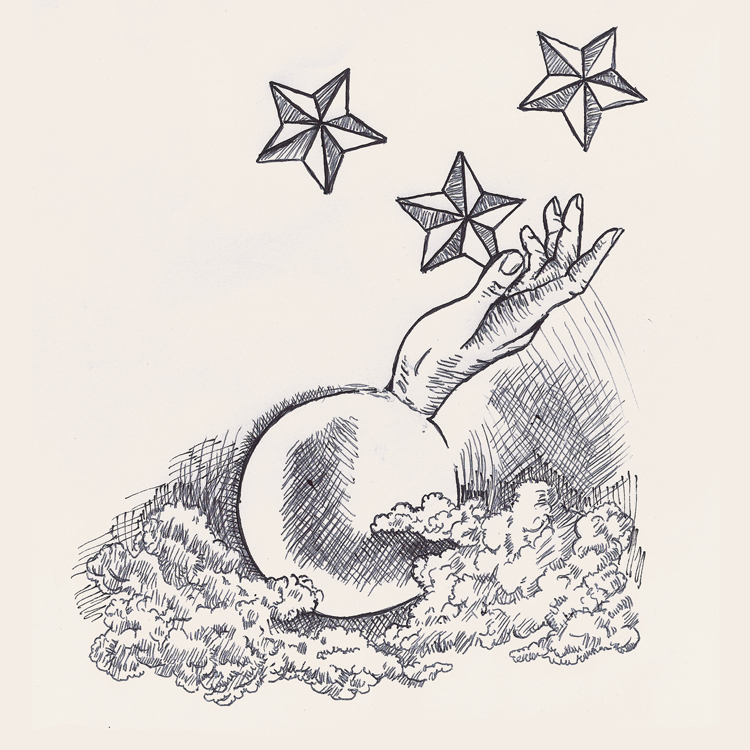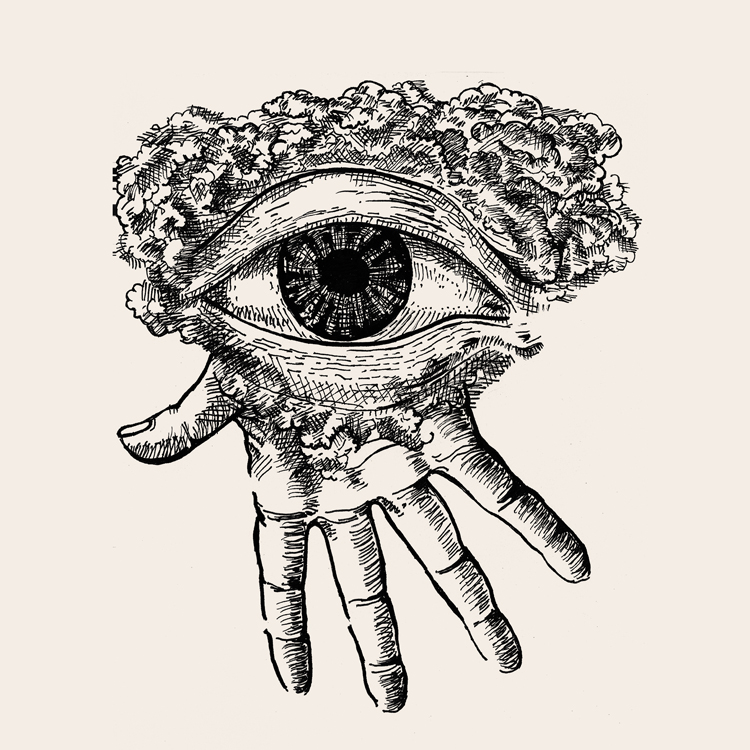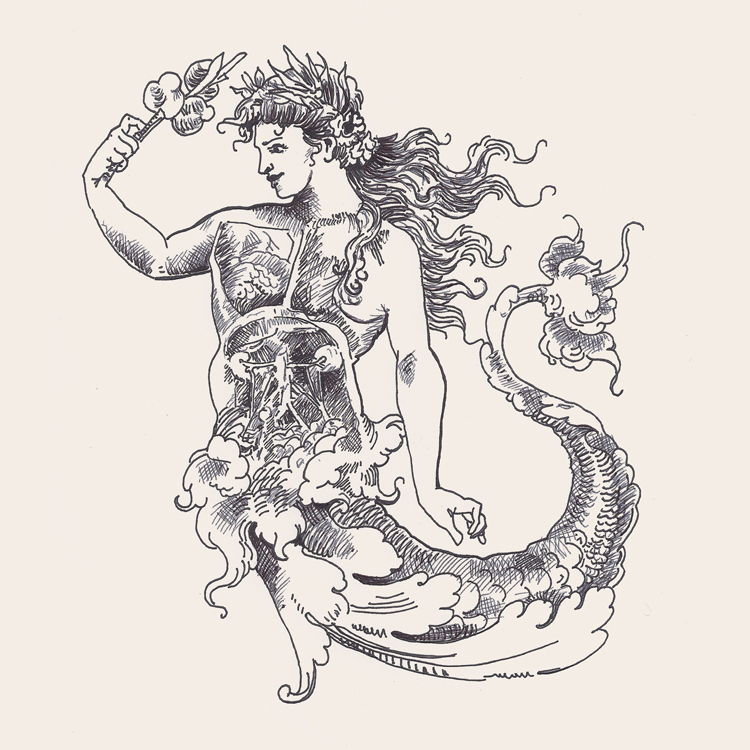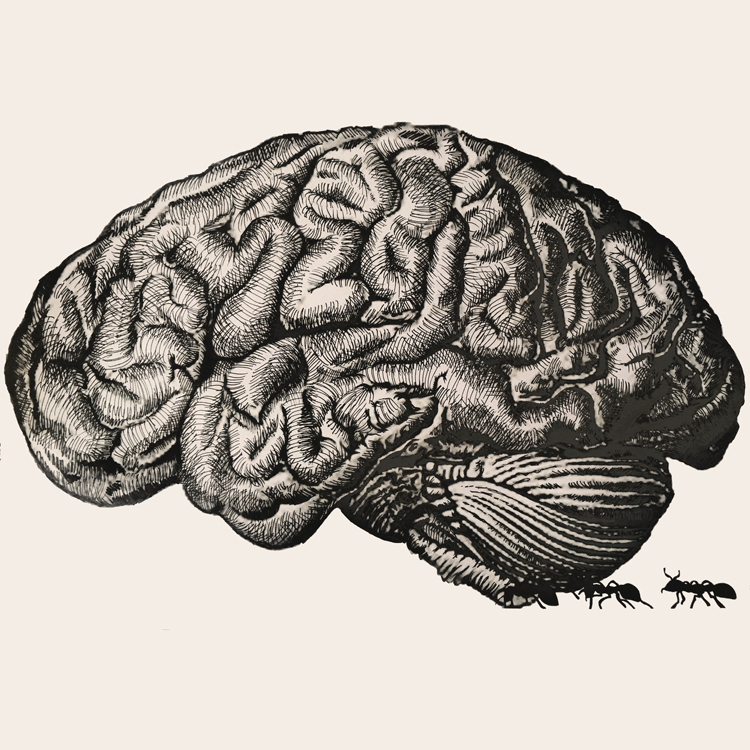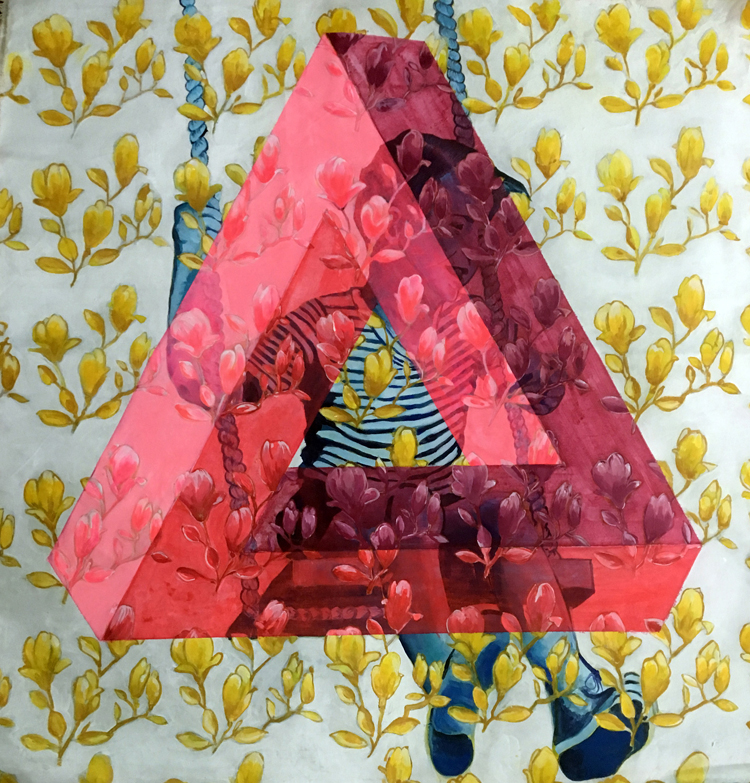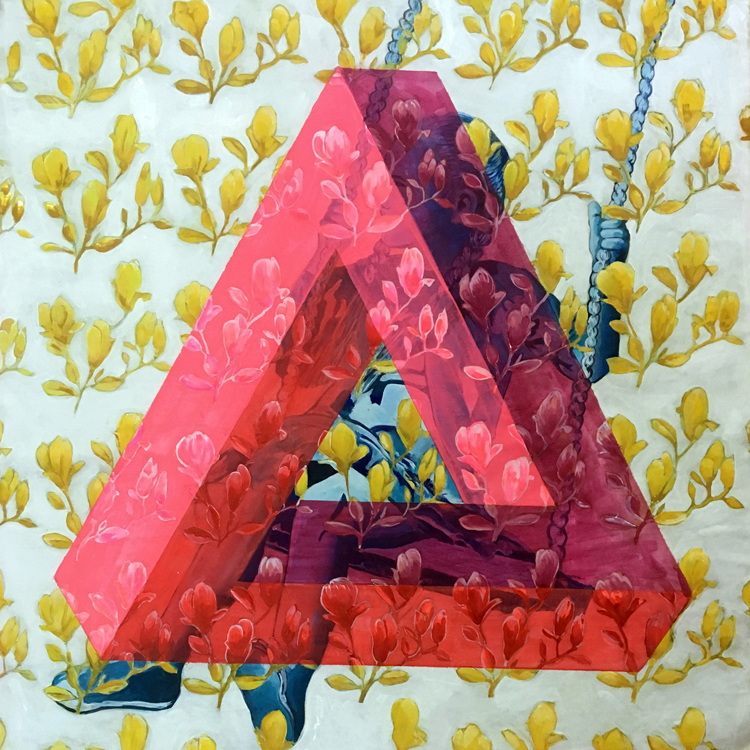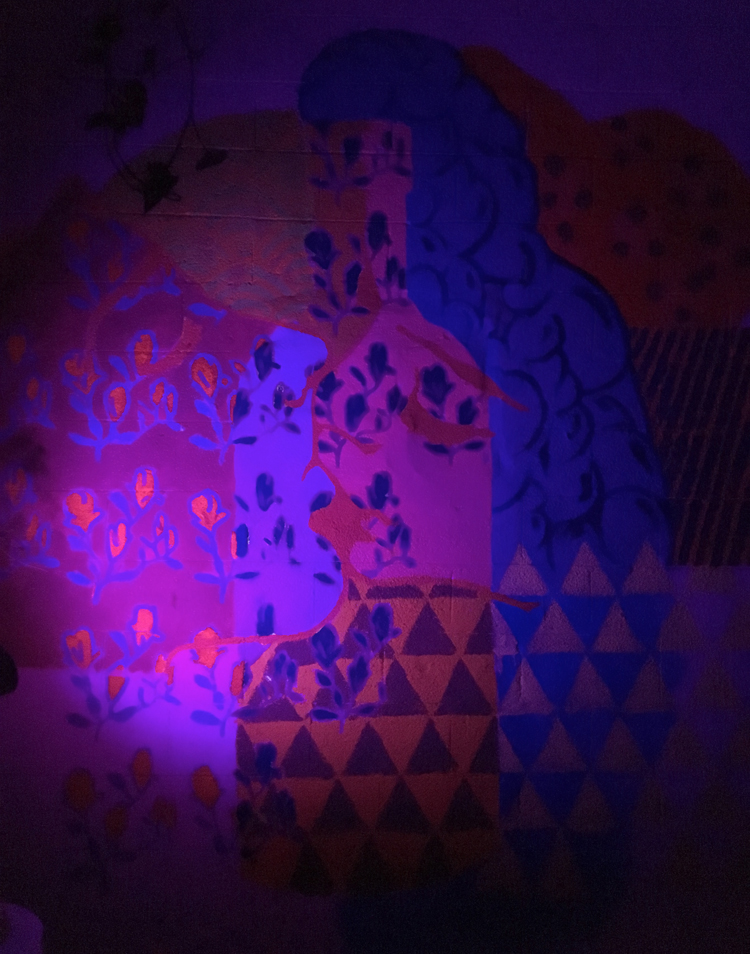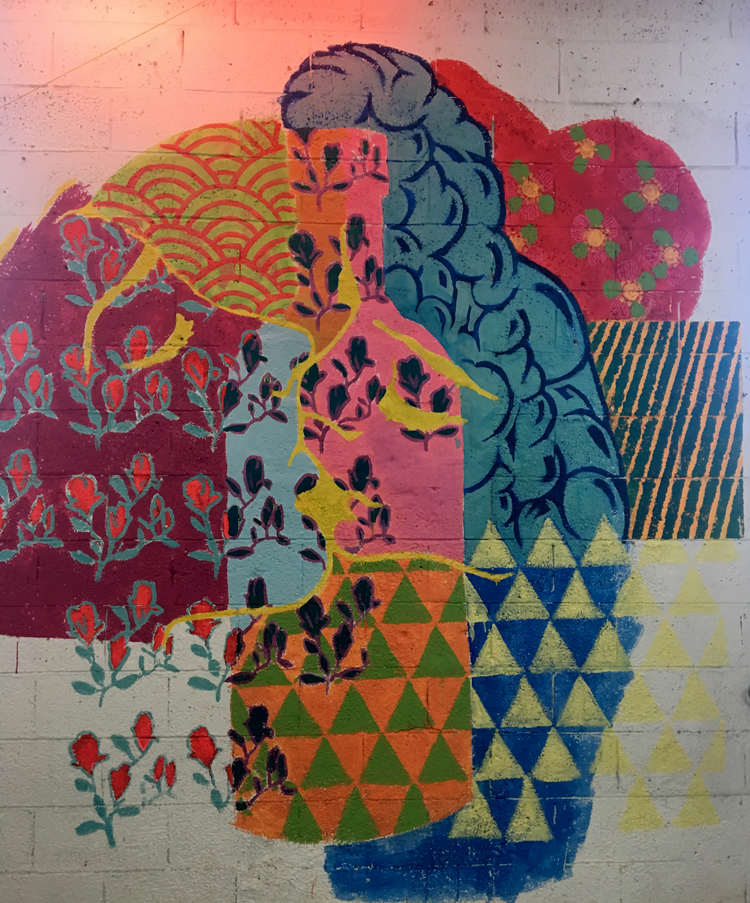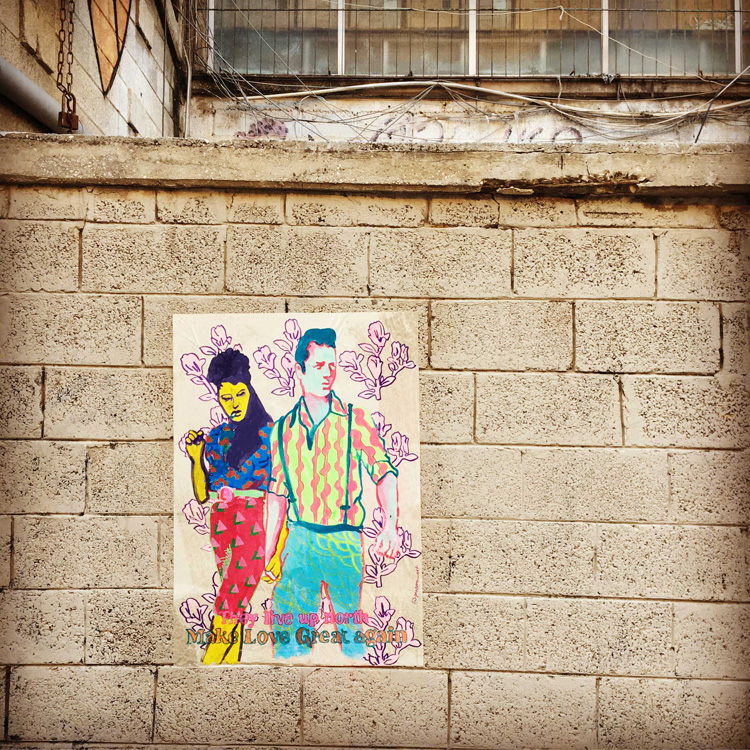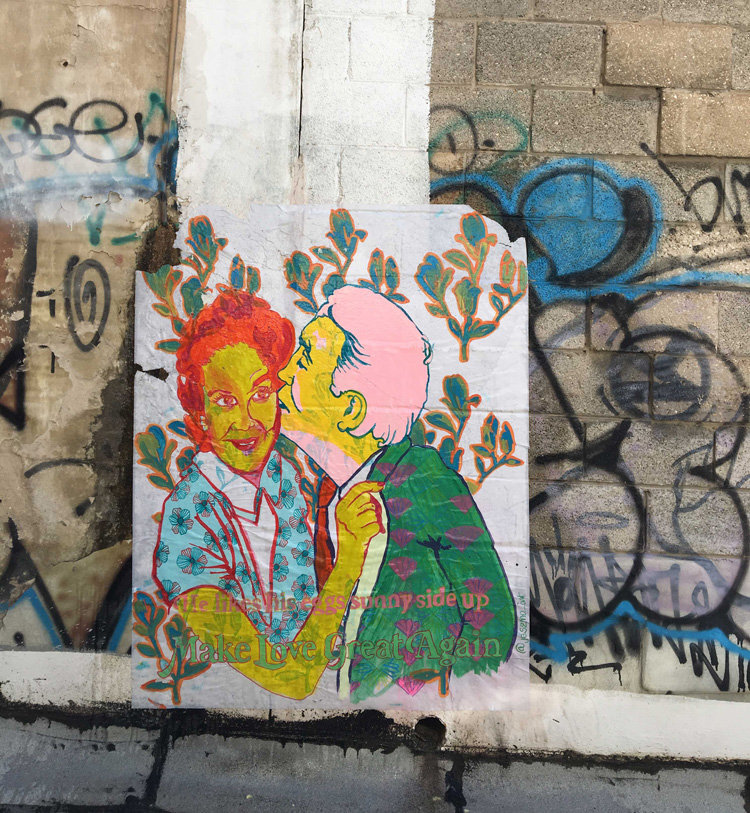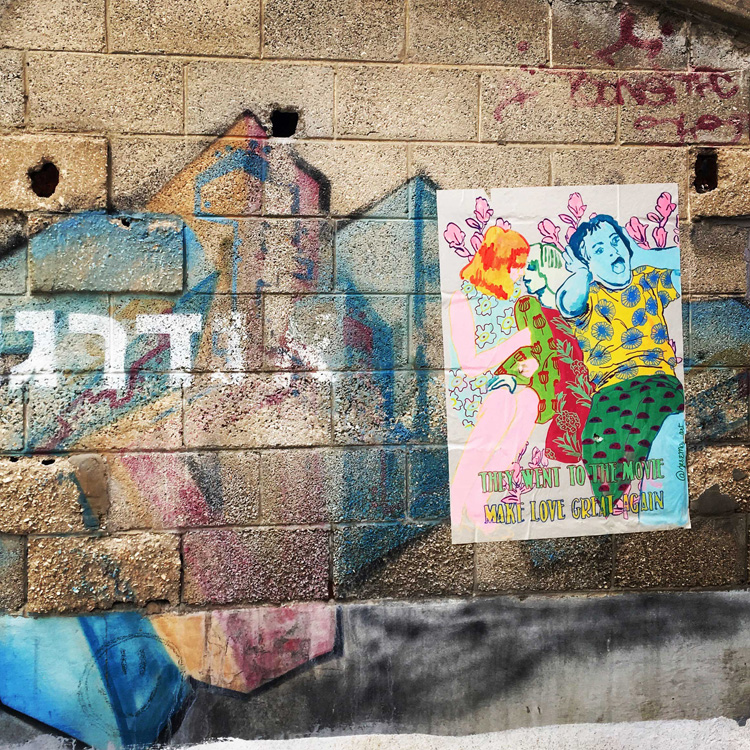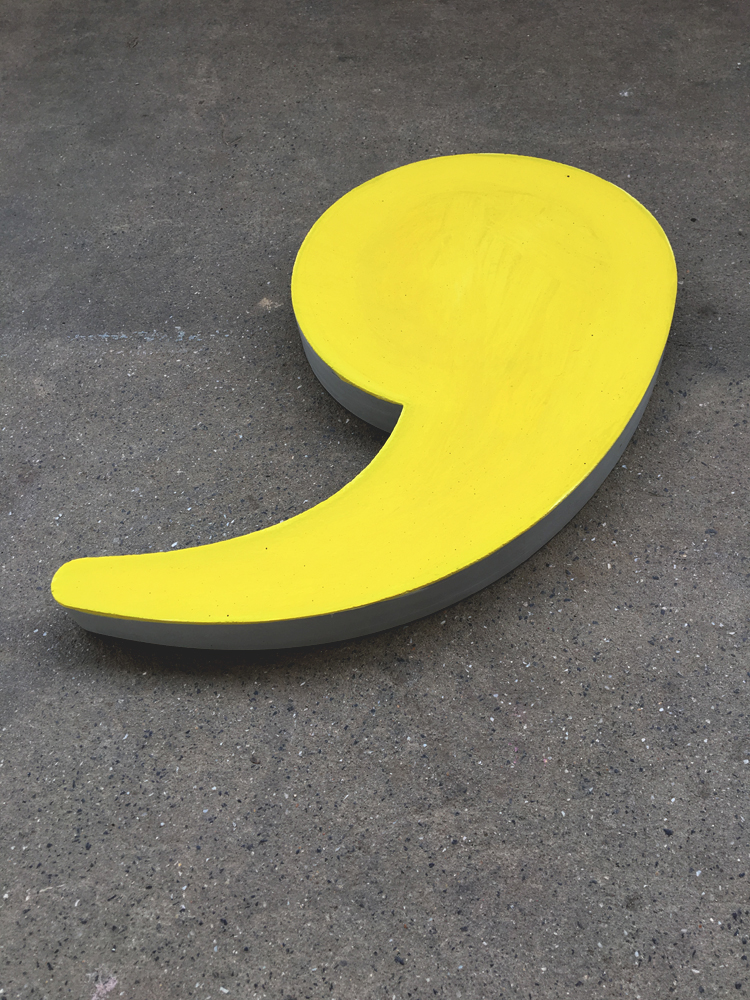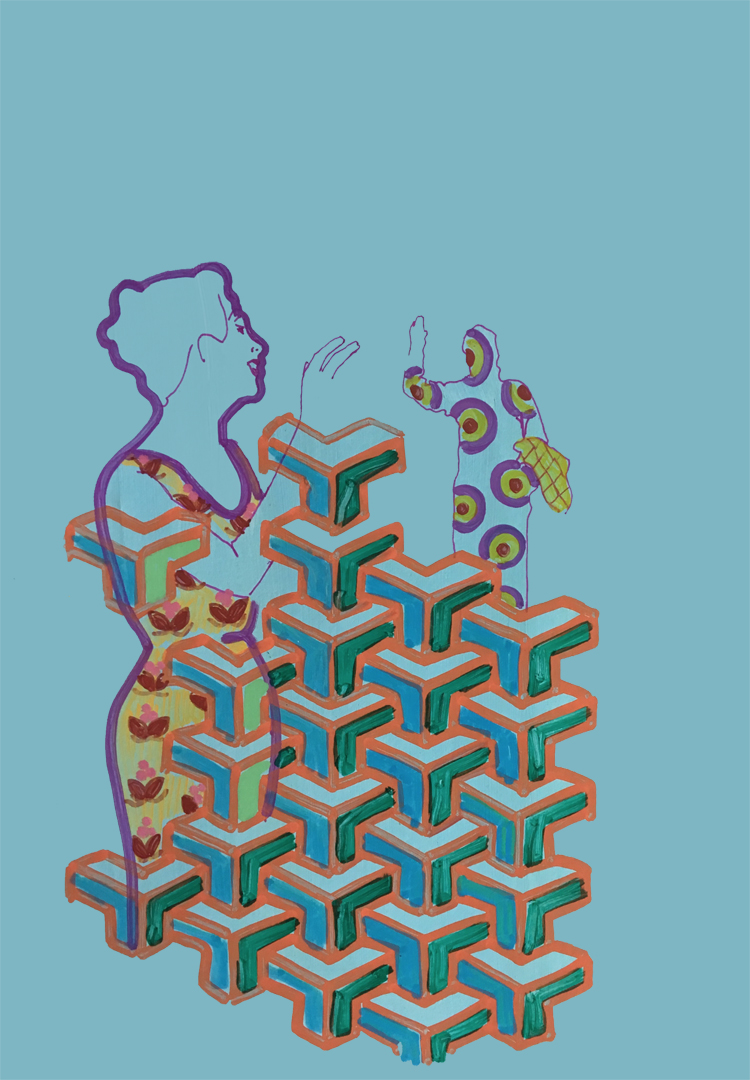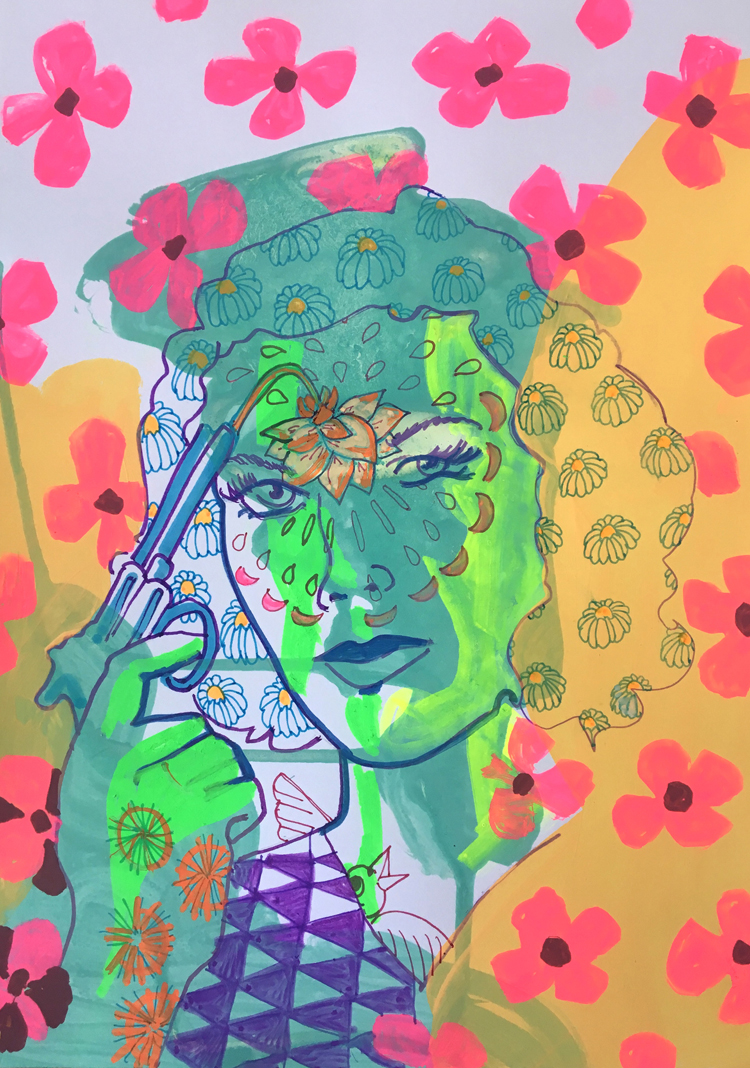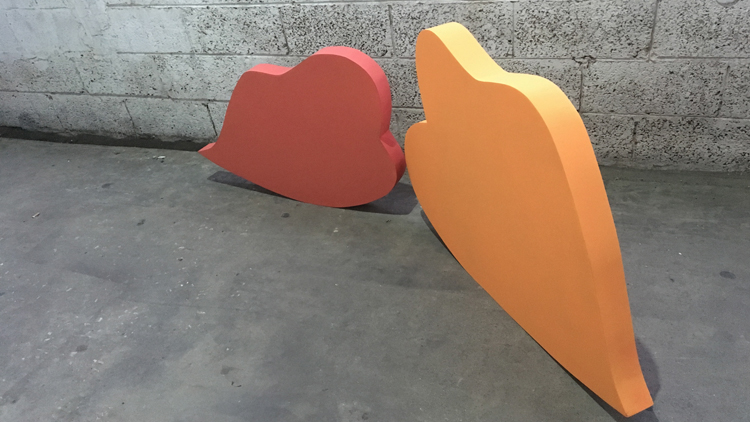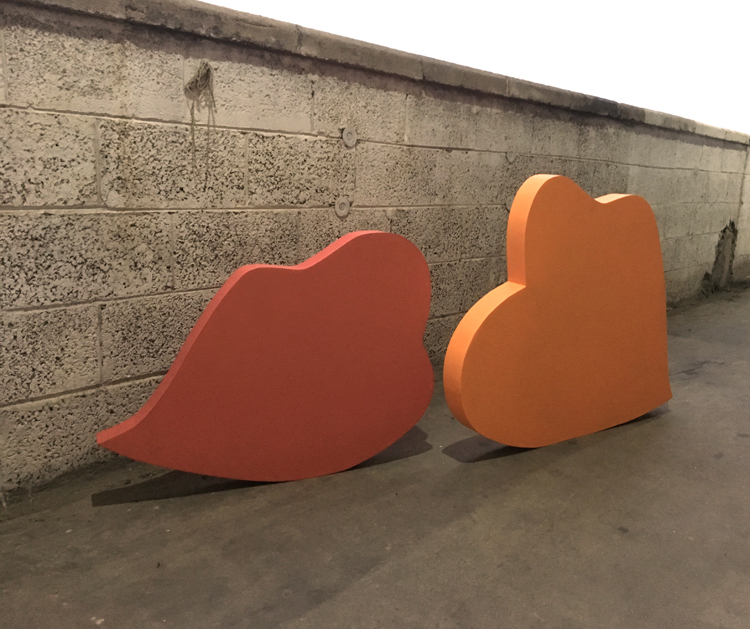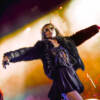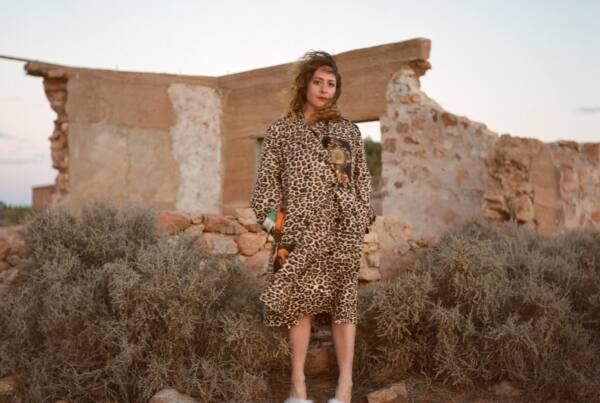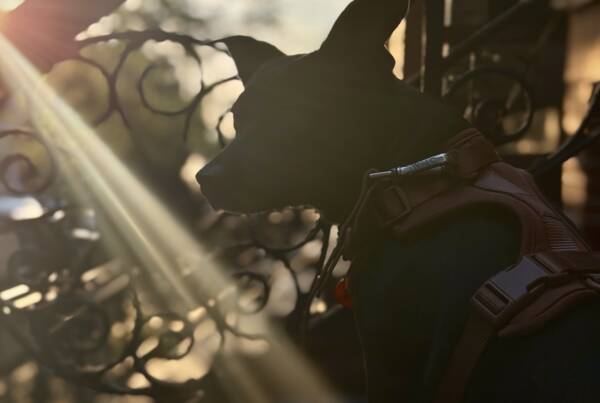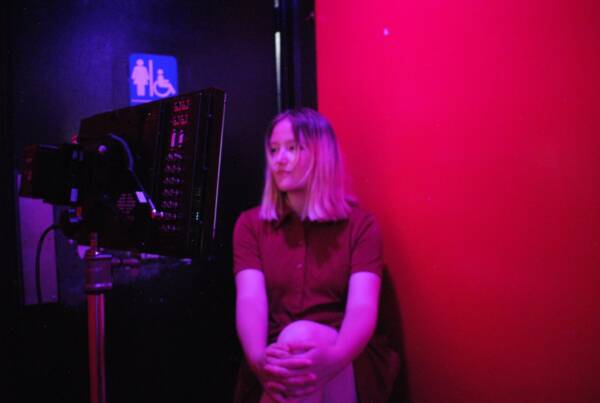Interview of Jessica Moritz by Sophie Pellegrini // When I was younger, I didn’t realize the implications of being a female artist, or even of being an artist. Now that I’m more involved in the art community and also more awake, I am fully engaged in delivering art with meaning and purpose.
Interview of Jessica Moritz by Sophie Pellegrini
Tell us a bit about yourself!
I was born in Paris and lived there until 2 years ago. I recently moved to Tel- Aviv in Israel to continue my artistic work.
I received my Bachelor and Master of Fine Arts from the École Nationale Supérieure des Beaux-Arts (Fine Arts School of Paris). I also had the opportunity to study at the Hunter College of New York.
When I was younger, I didn’t realize the implications of being a female artist, or even of being an artist. Now that I’m more involved in the art community and also more awake, I am fully engaged in delivering art with meaning and purpose.
How did you get started in the visual arts?
As far as I remember, I was always doodling and thinking about building small sculptures and crafts. At the age of 14 or 15, I realized I did not want to do anything else. So I started to attend classes: drawing, live drawing, and sculpting. Afterward, I decided to go to the Fine Arts School of Paris to learn different media. I wanted to be able to choose the right medium for the right piece, never being limited by my skills.
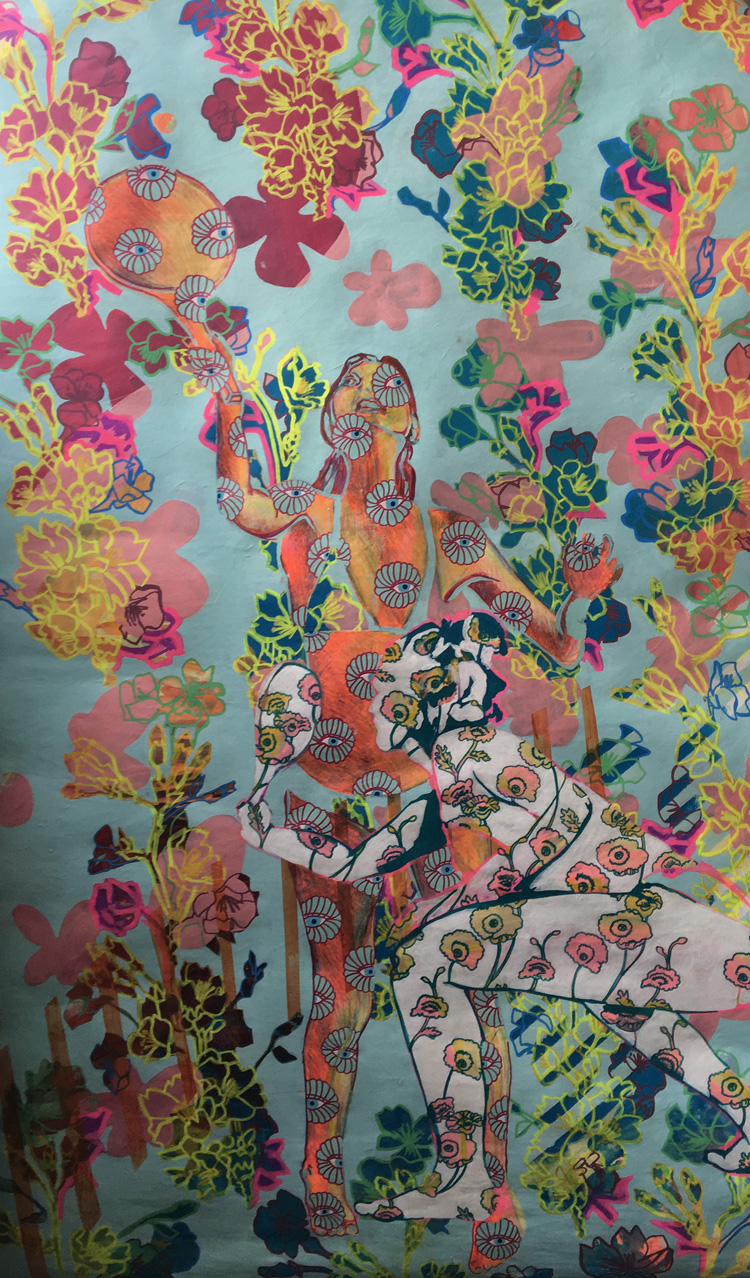
What media do you work in? Do you have a favorite, and if so, why?
This year I work on 5 different media for different projects: street art (graffiti stencils and wheat paste), painting, installation, drawing, and writing.
Each of them has different possibilities and limits. One feeds another, and also gives different perspectives to the message. Each medium gives different intentions to the same message. I try to push myself out of my comfort zone as much as possible. I believe that if I’m too comfortable in one medium, I will focus on aesthetic more than content, and then it can give wrong intentions to the piece. Therefore, I don’t have a favorite medium and try to find new ones so I can add more vocabulary to my messages.
Tell us a bit about your work process for painting.
Colors always come first. Every month, I build a new palette (acrylic based), then I also digitize it to make some tests, color switch, and be able to also create digital work and record my different experiments. Then, I start with small pieces and pattern testing and write about the project to organize my ideas. Writing about my work became very important to settle, organize, and justify each choice. Usually, I work on 3 to 4 projects at the same time. Like any professional, I try to get organized for productivity using milestones, tasks lists, and goals.
Painting is the medium I’m most comfortable with, and that I can easily manage. Street art is unpredictable and fleeting. When you create street art or outdoor installations, you have to accept that your piece can be destroyed or stolen in less than 24 hours. Even with these constraints, you have to produce it with same quality as commission work.
Writing is essential to lay down your ideas and explain your work. Artists are rarely there to explain their work. Choosing the right words is key to getting your message across. Writing is uncomfortable and personal, your words tell a lot about you, and nobody wants to be exposed. I am putting more and more efforts into this since everything travel nowadays with digital art.
What inspires your work?
Inspiration comes from casual and random colors, people, and situations. I am constantly observing my surroundings. I feel so lucky to be able to use my daily interactions with people, friends, and strangers in my work. Sometimes even packaging has more to say than people. Some colors and design inspire me just because of color associations or the context.
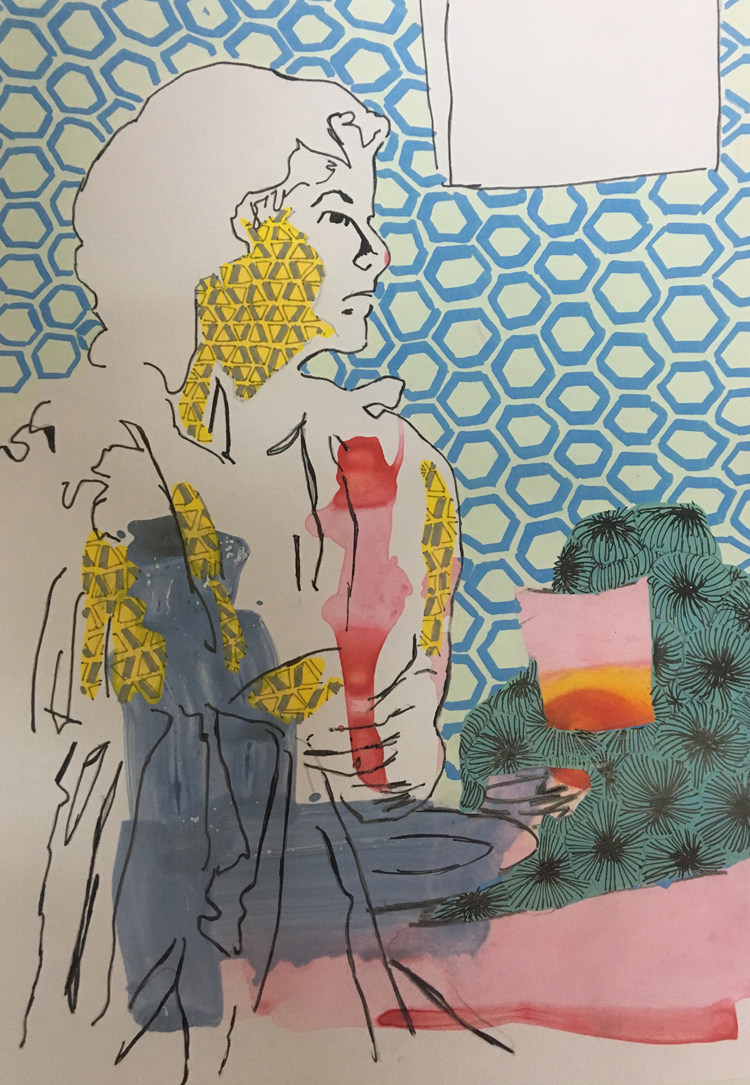
What are some goals for your artistic practice in this next year?
This year, I want to work on a bigger scale. I would like to work with molds and prints. Being able to duplicate my work will save me a lot of time and enable me to really focus on the message and colors I use. These are two really important steps in my work. Hopefully, I can have my own solo show to see how the audience interacts with my work in a dedicated space.
Do you have any advice or wisdom for new artist just starting out?
I would tell them to work, never expect success, read, talk with other fellow artists, go to a gallery openings and museums, observe, listen, and work more. Also never fear to fail on your work, it’s part of the process. Practice being able to talk about your work with distance, and correct yourself. Do meaningful work, collaborate with other artists, support your community, and enjoy it, really do!
How do you like to spend your time when you aren’t making art?
When I’m not making art, I walk, a lot. It feels good to put work aside and just walk the city to refresh your mind. I also have great friends, relationships, and my Netflix.
Can you leave us with a quote you like?
“The true artist helps the world by revealing mystic truths.” Bruce Nauman
